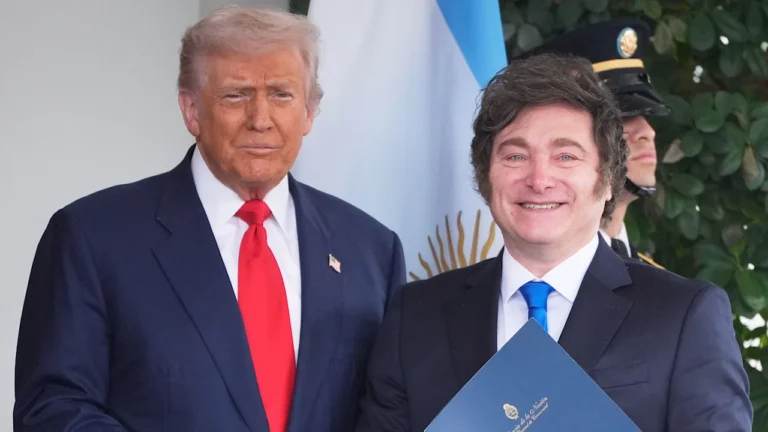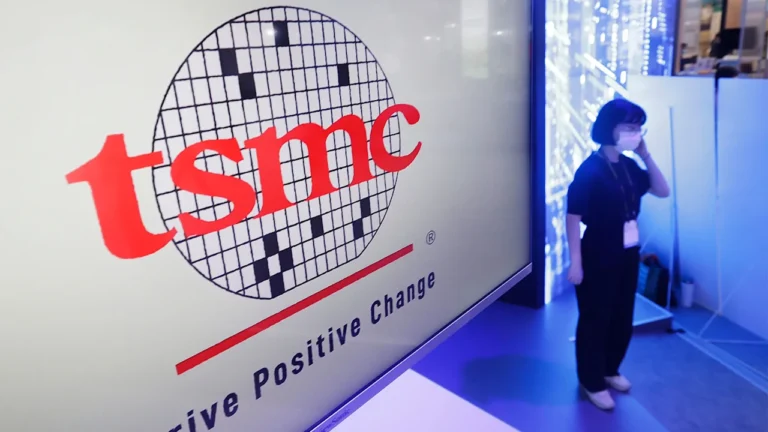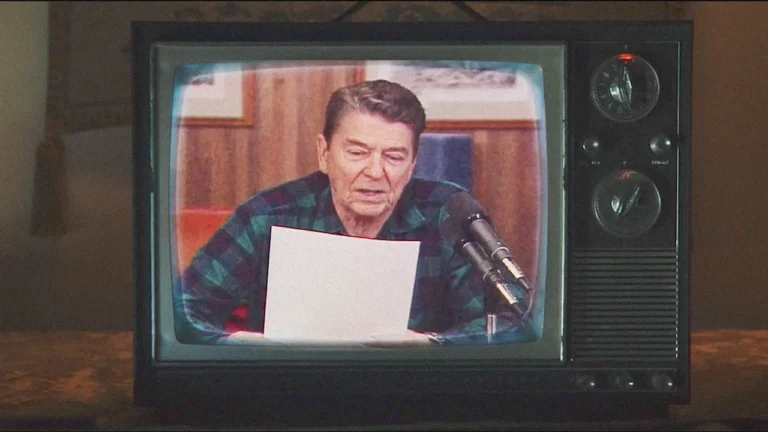
Brand partnerships used to mean a co-branded sneaker drop or a limited-edition snack flavor. Now, they’re getting stranger—and more viral. Soda-and-cookie mashups, beer-infused soups, and hot honey beans have all hit store shelves in recent months, sparking a mix of curiosity, confusion, and clicks.
At first glance, these collaborations might feel like stunts with little connection between the products. But marketing experts and brand leaders argue they serve a bigger purpose: keeping legacy names relevant in a crowded, attention-driven marketplace.
While no one asked for these collaborations, the weirder they are, the faster they go viral. This year, unexpected pairings are filling up social media and grocery store aisles.
But as more and more brands play matchmaker, it is clear that it is more than just about a product that doesn’t make sense.
“It’s less about getting audiences to try the collaboration, and more about reminding them to reach for the original thing,” says Executive Vice President of Strategy of influencer marketing firm Fohr, Grace Murray Vazquez. “It’s ultimately not just bizarre, it is like a calculated unexpectedness.”
More than a product
When Coca-Cola paired with Oreos or Pabst Blue Ribbon worked with Campbell’s Chunky on beer-infused soup cans, the goal wasn’t just novelty. Executives say quality still matters, even in the quirkiest launches. “First and foremost, we wanted to make sure it’s going to taste good, since it has our logo on it,” says Rachel Keeton, senior brand director at PBR.
While more and more brands seem to be tapping into the bizarre, for legacy brands, it’s still important to preserve quality in taste, no matter how strange the taste may be).
“It is not about the product per say, but companies still have to adhere to quality,” Keeton adds.
Shared heritage also plays a role. Both Campbell’s and PBR, for example, have long histories as American pantry staples. That alignment gives even unexpected products a sense of cohesion. “There’s just a really natural connection between the two brands,” Keeton adds.
Still, despite similarities, brands aim to surprise the audience by finding a somewhat unexpected or bizarre factor whether it be the product itself or the collaboration.
“Oreos and Coca Cola’s audiences have a lot in common, but ultimately they’re big enough brands that the combination of them is the thing that is the unexpected,” Vazquez says.
Additionally, beyond product sales, the consumer’s reactions, which often take over social media or make headlines proves an invaluable strategy.
“It’s almost like low stakes rage bait that incites this response from audiences of like, ‘why would you ruin a good thing?’” Vazquez adds. “But for it to be truly successful, it needs to have legs beyond the moment of just fast noise.”
Fighting for relevance
For newer entrants, a viral collab can drive discovery. For legacy brands, it’s about clawing back cultural cachet from buzzy competitors. Even giants like Coca-Cola and Oreo risk fading into the background as startups like Poppi capture younger consumers’ attention.
That’s why “shock” becomes a feature, not a bug. A wild collaboration can stop the scroll and spark conversation.
“In this inner landscape where things are as noisy as they currently are, unexpected has overtaken authenticity as the thing that brands are asking for and going for,” Vazquez says.
For new brands, a viral hit might mean reaching the eyes of new consumers, yet legacy brands are also tapping into the strategy, primarily to gain back cultural relevance.
“They’ve lost some of that ability to be top of mind for people,” Vazquez says.
“Shock immediately throws the audience off guard. So it is again an attempt to fix an attention deficit,” she added. “For it to actually be effective for brands, it needs to incite that reaction in the short term, and then it needs to be sustained long term by true advocacy and not just attention.”
And while effective, the strategy, like most things, has an expiration date, and audiences are catching up the shock factor. For instance, ads made to incite a strong reaction like Skims’s facial shapewear and Sydney Sweeney’s American Eagle jeans campaign.
“We should expect to see them for at least another six months, but consumers will start to fatigue,” Vazquez says. “Consumers are smarter than ever, and once they start to register the pattern and conversation turns to a place where people are saying, hang on a minute, maybe the whole point of this is to just get us talking. Then it becomes expected and it doesn’t hit anymore.”


